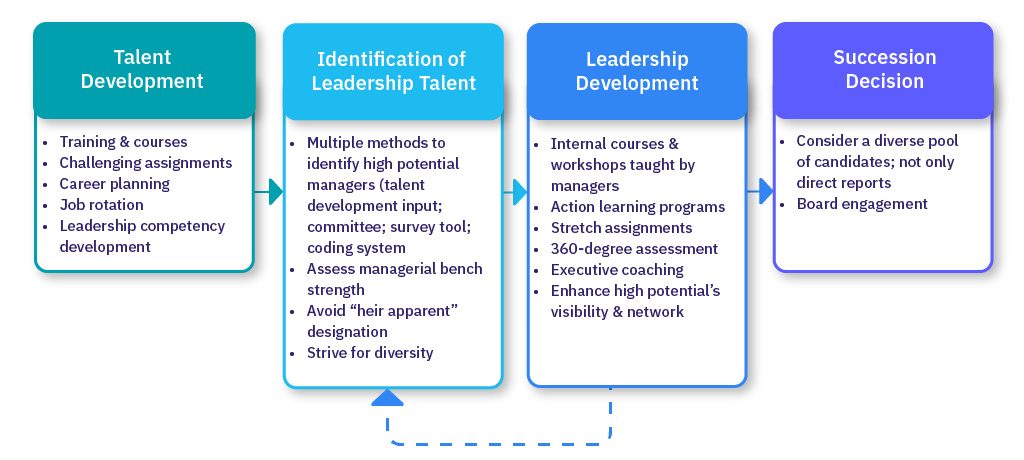
In today’s rapidly evolving business landscape, the departure of key leaders no longer needs to spell disaster for organizations. Forward-thinking companies are increasingly recognizing that succession planning isn’t merely a contingency plan—it’s a strategic imperative that shapes their future success.
The traditional approach of hastily selecting replacements when leaders depart is becoming obsolete. Modern succession planning requires a comprehensive, proactive strategy that identifies, develops, and nurtures leadership talent throughout the organization. This shift in perspective transforms succession planning from a reactive measure into a dynamic process that drives organizational growth and sustainability.
Successful planning begins with its integration into everyday business operations. Progressive organizations are embedding leadership development opportunities into regular work streams, creating what management experts call “learning laboratories.” These environments allow potential leaders to develop critical skills while contributing to current business objectives.

However, identifying future leaders requires more than just performance metrics. Modern succession planning emphasizes the evaluation of both potential and readiness. While high performers might excel in their current roles, leadership potential encompasses a broader set of attributes: strategic thinking, emotional intelligence, adaptability, and the capacity to inspire others.
The digital transformation has revolutionized succession planning. Advanced analytics and AI-driven tools now help organizations identify leadership potential more accurately, track development progress, and create personalized growth paths. These technologies enable organizations to create dynamic succession pools rather than static replacement charts.
The role of mentorship in succession planning cannot be overstated. Establishing structured mentorship programs creates a knowledge transfer pipeline while building relationships that strengthen organizational fabric. When designed thoughtfully, mentorship becomes the cornerstone of succession strategy, creating organic opportunities for leadership development through real-world experience.
Diversity and inclusion must be central to succession planning strategies. Organizations that cultivate diverse leadership pipelines are better positioned to navigate global markets and drive innovation. This requires conscious effort to identify and develop talent from underrepresented groups, ensuring that succession pools reflect the diversity of both the workforce and customer base.
Measuring the success of succession planning efforts requires a balanced scorecard approach. Key metrics should include leadership bench strength, time-to-readiness for critical positions, diversity of succession pools, and the percentage of key roles filled internally. However, qualitative measures such as engagement levels and cultural alignment of emerging leaders are equally important.
The future of succession planning lies in its ability to adapt to changing workplace dynamics. With the rise of remote work and global teams, organizations must develop leaders who can excel in virtual environments and manage distributed workforces. This requires new competencies and development approaches that reflect the evolving nature of leadership.
As we look ahead, successful succession planning will increasingly focus on building adaptable leaders who can navigate uncertainty and drive transformation. Organizations that invest in comprehensive succession strategies today are not just preparing for leadership transitions—they’re cultivating the change agents who will shape their future success.
The message is clear: succession planning is no longer about replacing leaders; it’s about creating leadership abundance. Organizations that embrace this perspective will find themselves better equipped to thrive in an increasingly complex and competitive business environment.
By Priya Sharma
HR Executive, SHRM-CP
MBA in Human Resources Management
First-time contributor to HRostrum.com









